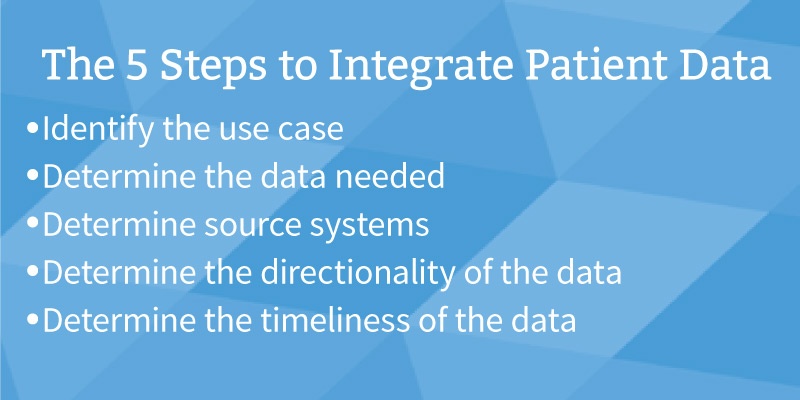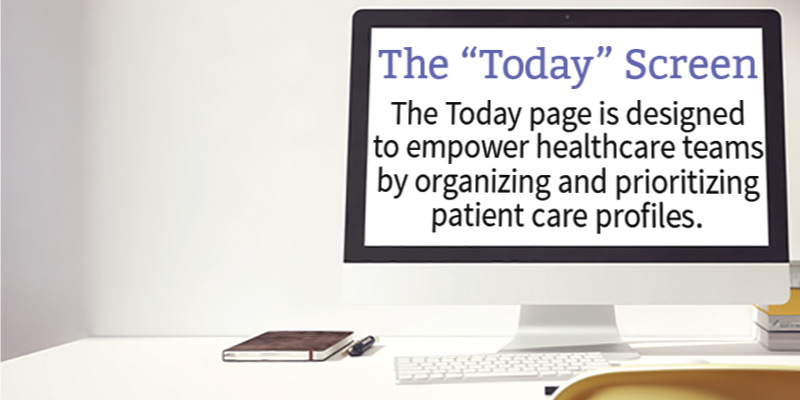Nowhere is the need to connect people to data more efficiently and effectively greater than in healthcare.Despite the challenges presented by HIPAA and other regulations, the need to meet user and customer expectations and to make integration seamless remain as vital as in other Salesforce industries.
The Salesforce Health Cloud harnesses the power of the cloud together with social and mobile technologies to deliver a real-time view of each patient’s health care data and treatment plan. Here are the best ways to leverage Salesforce Health Cloud for your organization.
1.) Create Patient-Centric Stories
Patient-centered healthcare is the new reality. As the Affordable Care Act and outcome-based reimbursement plans demand that providers and payers focus more on quality of care and customer satisfaction, the need for smarter, more connected, more data-centric patient management has never been greater.
In a B2B or B2C company, Salesforce enables the user to create 1-to-1 customer-centric “journeys.” In the Salesforce Health Cloud, the customer -- herein the patient -- is put at the center of the core system.

Each patient will have a rich, contextual patient profile. This profile may include:
- Clinical patient data
- Non-clinical patient data
- Appointment history
- Current health conditions
- Full medical history
- Medications
- Third-party data, such as medical devices and/or wearables to track sleep and activity patterns
2.) Use Salesforce Methodology to Integrate Patient Data into the Cloud

There are 5 steps to introduce patient data into the Salesforce Health Cloud:
- Identify the use case. Specifically, what do you want to automate? Examples might be high-risk patient management, collaborative care planning, or integrating patient care with other past and current healthcare providers.
- Determine the data needed. For high-risk patient management automation, for instance, you might need to collect patient data including diagnosis, medication, any surgical treatment, symptoms, past medical history, past appointment history and risk factors.
- Determine source systems. Specifically, where will this data be coming from on a regular basis? Answers might be a pharmacy, laboratory, or even a scheduling system within the Salesforce Health Cloud itself.
- Determine the directionality of the data. In some cases, data will be received one-way -- for example, from the laboratory. In other cases, data may need to be received on a regular basis in a two-way structure. Examples of this might be for a patient population who commonly have comorbidities treated via another healthcare provider, or for patient populations who have multiple physicians prescribing medications via a pharmacy.
- Determine the timeliness of the data. Some data, such as scheduling, is needed in real-time; other bits of data can be needed in longer intervals. A Salesforce business and technology consultancy, such as Summa, can be integral in determining the right way to manage the use case, data, source, directionality and timeliness of the data.
3.) Prioritize HealthCare Team Actions with the “Today” Screen

The “Today” page is designed to empower healthcare teams by organizing and prioritizing patient care profiles. With this functionality, your team can easily view tasks by patient, new patient, daily or weekly tasks, overdue items and direct communications.
You can further use the Salesforce Health Cloud to organize segments by categories that you personalize yourselves. For instance, maybe you organize patients by those with high blood pressure, so that you can view all of those patients at once.
4.) Communicate with a Patient’s Past and Present Caregivers
Smart healthcare is connected healthcare. Through the Salesforce Health Cloud, you can communicate directly with a patient’s past and present caregivers. With the touch of a button, you can map out a visual network, connect and send private and secure messages.
5.) Build Stronger 1-on-1 Communication with Patients
Patients no longer want to take a backseat in their healthcare. Faster than you can say “Google my symptoms,” patients can now access their own diagnostic and treatment plans, medically-approved educational materials and even resources such as physician-moderated support groups through the Salesforce Health Cloud.
Patients also are able to interact through the Salesforce Health Cloud for scheduling, appointment reminders and direct messaging with healthcare providers. It’s a way to go beyond healthcare records and create stronger patient relationships.
In Summary
Salesforce Health Cloud is an unprecedented tool for managing rising patient needs for healthcare information, interaction and access. When deciding if Salesforce Health Cloud is right for you and your organization, consider who is responsible for healthcare integration within your organization and whether they have experience with APIs or integrated web services. A preferred implementation partner, such as Summa, can be an essential part of configuring Salesforce Health Cloud to create smarter and more connected healthcare management. In 2015, we won the Salesforce.com Partner Innovation Award for Non-Profit Success for our work innovating new fundraising, donor and volunteer management solutions for The United Way of Southwestern PA. Plus, Salesforce.com is one of Summa's fastest-growing practice areas. As Gold Partners, we're excited to do more, excel more and produce more transformative solutions for our clients.




